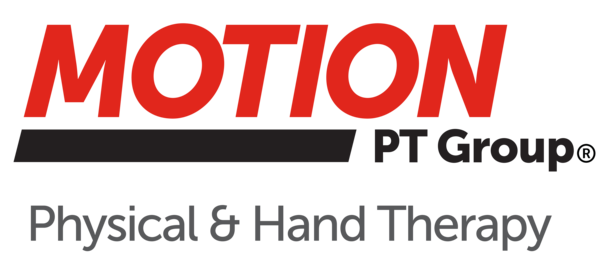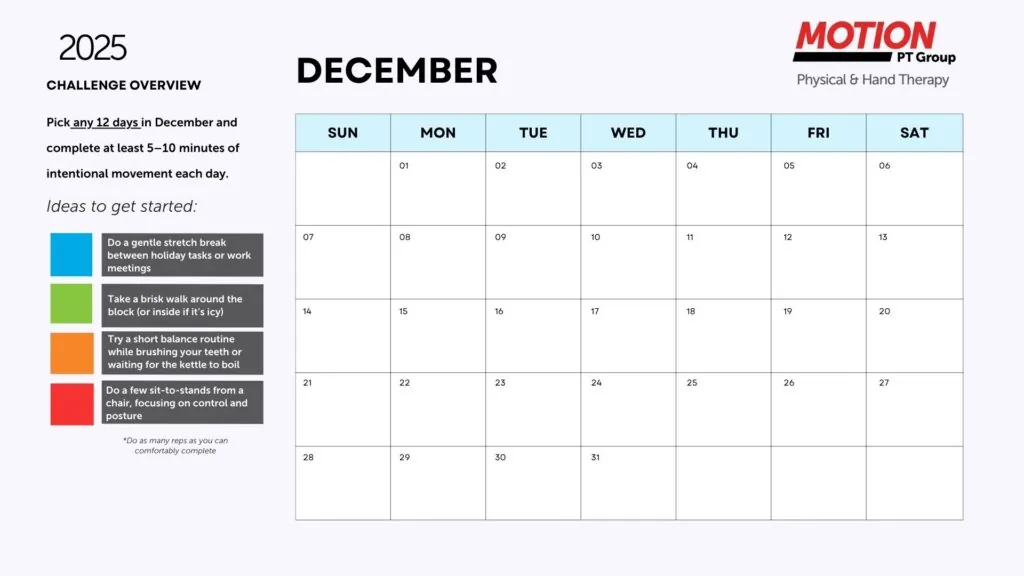As a physical therapist, one of the most profound concepts we work with is the kinetic chain. This dynamic system of interconnected joints and muscles plays a pivotal role in how we move and function every day. Understanding the power of the kinetic chain can not only enhance your performance in physical activities but also prevent injuries and improve overall physical health. Let’s explore what the kinetic chain is, why it matters, and how it can impact your well-being.
What is the Kinetic Chain?
The kinetic chain refers to the interconnected system of muscles, joints, and bones that work together to produce movement. This concept is divided into two primary types: the open kinetic chain (OKC) and the closed kinetic chain (CKC).
Open Kinetic Chain (OKC): In OKC movements, the distal end of the limb (like the hand or foot) is free to move in space, such as during leg extensions or bicep curls. These movements typically involve isolated muscle contractions.
Closed Kinetic Chain (CKC): In CKC movements, the distal end of the limb is fixed or stationary, such as in squats or push-ups. These movements involve multiple joints and muscle groups working together in a more integrated manner.
Why the Kinetic Chain Matters
Integrated Movement: The kinetic chain emphasizes that no single muscle or joint works in isolation. Every movement involves a sequence of actions where one part of the chain affects the others. For example, during a squat, your ankles, knees, hips, and even your core work together to stabilize and execute the movement.
Injury Prevention: Understanding the kinetic chain helps identify dysfunctions and imbalances that can lead to injury. For instance, weak core muscles can lead to poor posture and alignment, which may result in lower back pain or knee issues. By addressing these imbalances, we can prevent injuries and improve overall movement efficiency.
Enhanced Performance: Athletes and fitness enthusiasts can benefit greatly from optimizing their kinetic chain. Proper alignment and coordination can lead to more effective and powerful movements, enhancing performance in sports and exercises. For example, improving your kinetic chain can help you run faster, lift heavier, and perform exercises with better form.
How to Optimize Your Kinetic Chain
Strengthen Your Core: A strong core is crucial for stabilizing the entire kinetic chain. Incorporate exercises like planks, bridges, and rotational movements to build core strength and support your spine and pelvis.
Improve Flexibility and Mobility: Tight muscles and limited joint range of motion can disrupt the kinetic chain and lead to compensatory movements. Regular stretching and mobility exercises for major joints like the hips, shoulders, and ankles can help maintain proper function and alignment.
Focus on Functional Training: Engage in exercises that mimic real-life movements and integrate multiple muscle groups. Functional training, such as squats, lunges, and functional core exercises, helps improve the coordination and efficiency of your kinetic chain.
Correct Muscle Imbalances: Identify and address any muscle imbalances that may affect your kinetic chain. For instance, if your hamstrings are significantly weaker than your quadriceps, it can lead to knee issues. A physical therapist can help design a program to correct these imbalances.
Practice Proper Technique: Whether you’re lifting weights, running, or performing daily activities, maintaining proper technique is essential for a well-functioning kinetic chain. Focus on alignment and movement patterns to ensure that all parts of the chain work harmoniously.
Engage in Pre-Habilitation: Preventative exercises and stretches, often referred to as pre-habilitation, can help prepare your body for physical activity and reduce the risk of injuries. Incorporate dynamic warm-ups and activation exercises before engaging in strenuous activities.
The Role of a Physical Therapist
At MOTION, we specialize in optimizing the kinetic chain to improve movement efficiency and reduce pain. Through comprehensive assessments, we identify dysfunctional patterns and provide targeted interventions, including exercises to enhance strength, flexibility, and coordination, as well as manual therapy techniques. By focusing on how your muscles, joints, and bones work together, we help you achieve better physical health, prevent injuries, and enhance performance. Whether you’re an athlete or looking to improve daily activities, MOTION can guide you toward a healthier, more functional body. Reach out for a personalized assessment today!




